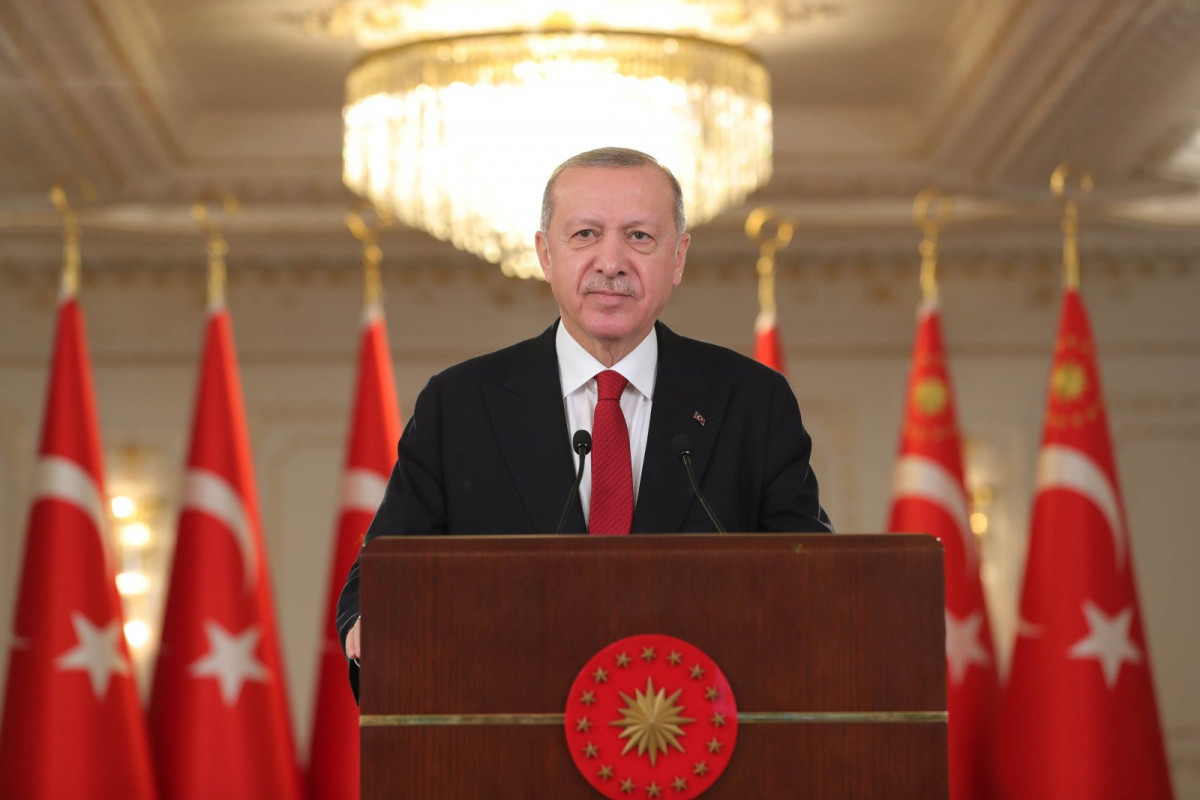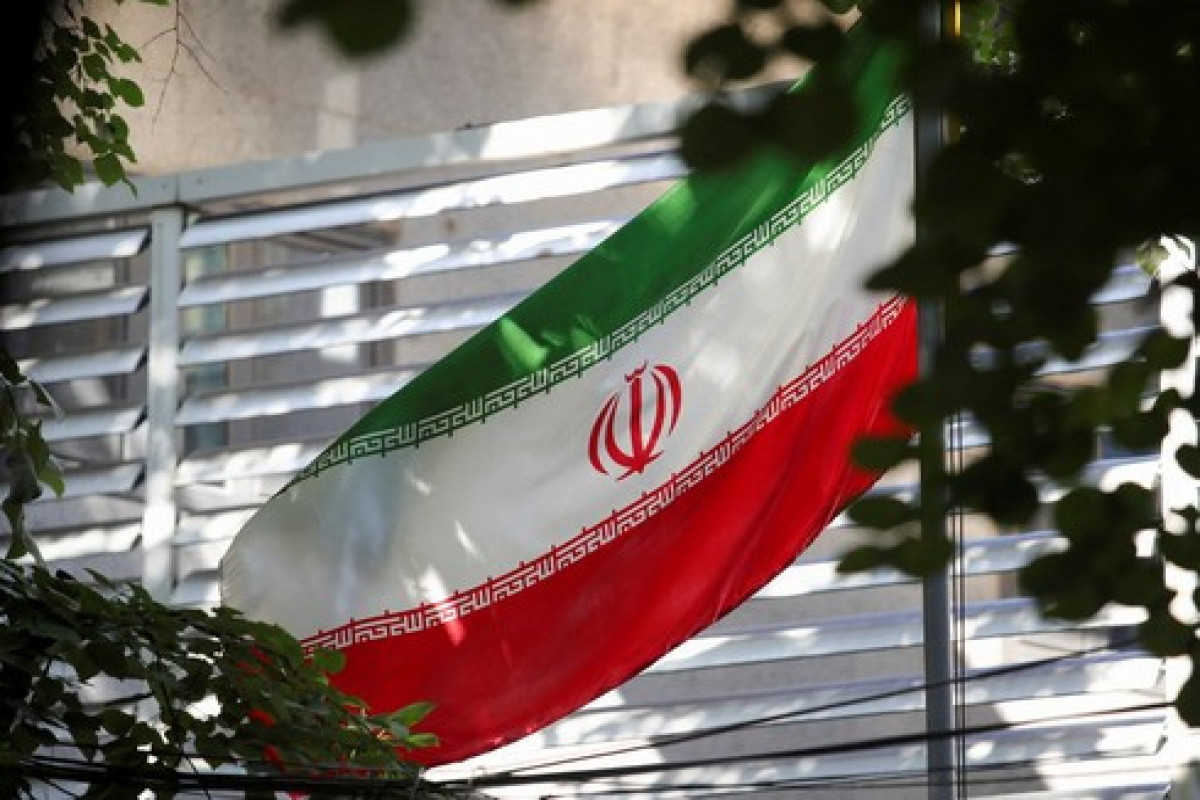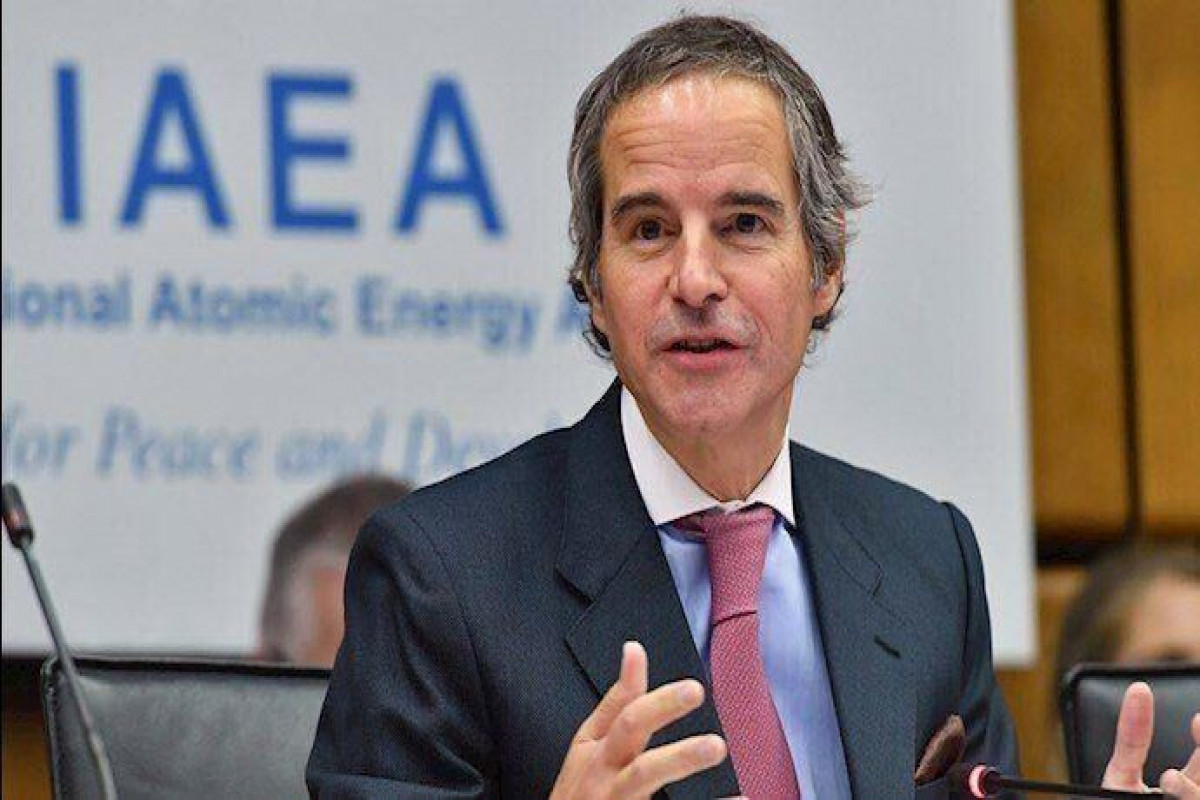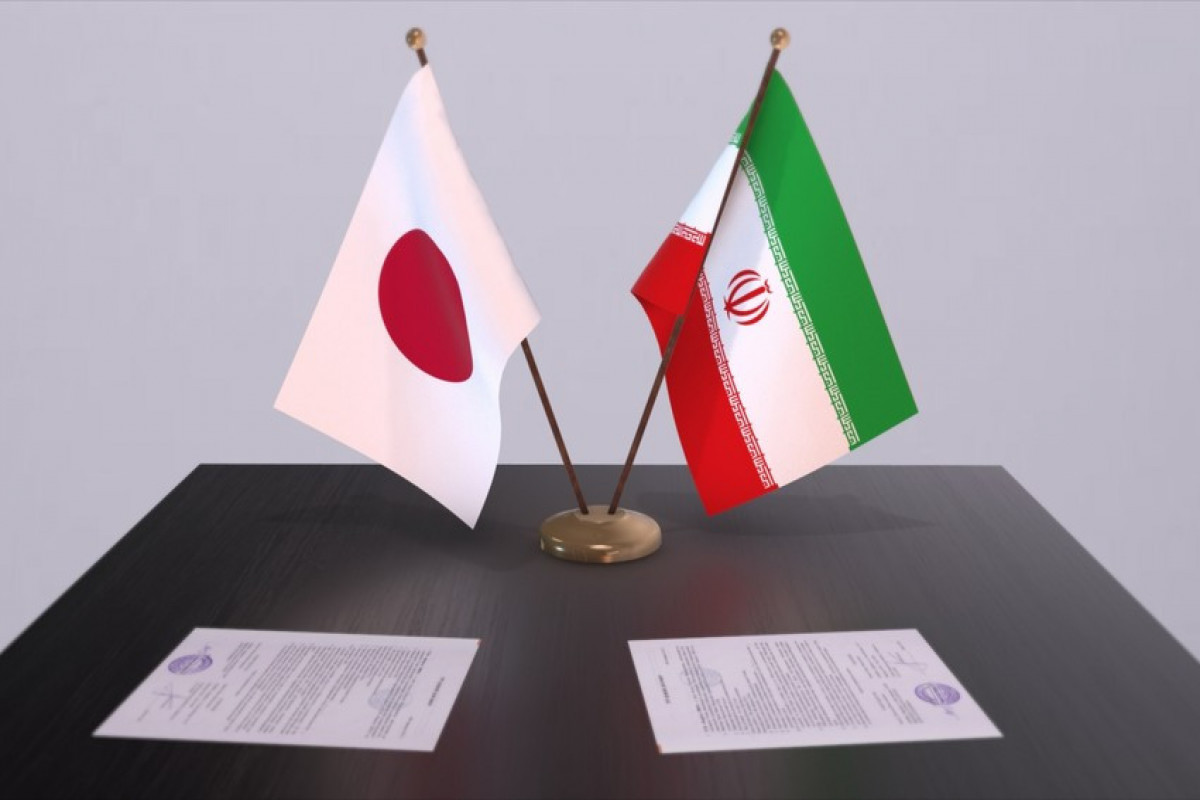Baku-APA. North Korea stirred worldwide concern Tuesday, when it announced the resumption of operations at its main nuclear complex., APA reports quoting Anadolu Agency.
The Yongbyon facility’s history stretches back as far as the North’s nuclear ambitions:
1958 – Nuclear cooperation deal with Soviet Union is a signal of intent from North Korea, just five years after a truce brought the 1950-53 Korean War to a close.
1962 – The North’s nuclear complex begins life as the Yongbyon Nuclear Scientific Research Center, around 90km north of capital city Pyongyang. Subsequent years see the reclusive state begin mining uranium within its own borders and building research reactors.
1985 – Pyongyang’s decision to join the Nuclear Non-Proliferation Treaty (NPT) is a commitment to refrain from making nuclear weapons.
1986 – A 5-megawatt nuclear reactor geared towards plutonium production begins operations at Yongbyon.
1994 – Kim Jong-il takes power following the death of his father, Kim Il-sung – and there are grounds for early optimism under North Korea’s new leader as Pyongyang agrees with the United States to halt its nuclear program.
1998 – The North’s nuclear weapon ambitions take a leap after its first successful launch of a long-range rocket, which soars past Japan. More tests follow in the years up to the present.
2000 – South Korea’s ‘sunshine policy’ bears fruit with the first inter-Korean presidential summit amid optimism about the future of Seoul-Pyongyang ties.
2002 – The year begins with U.S. President George W. Bush’s notorious “axis of evil” remark, referring to the threat posed by North Korea, Iraq and Iran. By December, the North has kicked out inspectors from the International Atomic Energy Agency (IAEA) as Pyongyang says Yongbyon’s facilities are being reactivated.
2003 – North Korea’s announcement that it will abandon the NPT comes ahead of a concerted global diplomatic effort to bring Pyongyang to the table for talks. August witnesses the start of six-party talks involving the North, South Korea, the U.S., China, Russia and Japan.
2006 – North Korea is hit by United Nations sanctions after carrying out its first ever nuclear weapon test. Another step backwards for the international community.
2007 – An agreement during six-party talks leads the North to shut down all five Yongbyon nuclear facilities, according to the IAEA. A few months later, a crowd of international reporters gather at the complex to witness the destruction of an iconic cooling tower.
2009 – After changing tack again by blocking IAEA inspectors, six-party talks stall and North Korea conducts a second nuclear test, prompting another U.N. resolution.
2012 – A ‘leap day’ agreement between North Korea and the U.S. fails to materialize. The deal would have involved a moratorium on the North’s uranium enrichment and missile tests as well as the resumption of IAEA inspections at Yongbyon in return for aid.
The plan falls apart within weeks due to a banned North Korean rocket launch.
2013 – A third nuclear test, and Pyongyang is struck by more sanctions.
2015 – State media celebrates the a full resumption of operations at the Yongbyon nuclear complex. Months earlier, the North had claimed to have fired a ballistic missile from a submarine for the first time, intensifying concerns about its apparent advances and potential to be able to launch miniaturized warheads.






